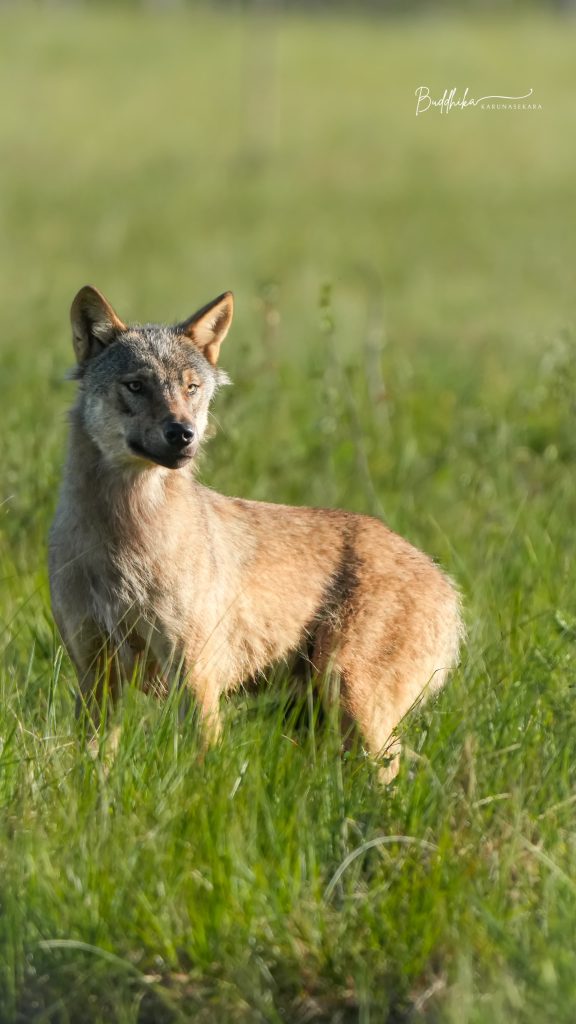
With piercing eyes and a coat that shifts from shadow-grey to pale silver, the wolf embodies fear and fascination. Moving in silence across forests, mountains, and tundra, it is a hunter, a guardian, and a creature that has haunted human imagination for millennia. Its howl carries over great distances, an eerie sound that has long stirred both awe and unease.
In European folklore, the wolf often stands as a figure of menace. Tales such as Little Red Riding Hood and The Three Little Pigs cast it as the cunning predator lurking at the edge of human safety. These stories served as warnings, teaching children about the dangers of straying from home or trusting strangers. Yet beneath the fear lies respect for the wolf’s strength, intelligence, and perseverance.
Among Norse myths, the wolf holds a darker and more cosmic role. Fenrir, the monstrous wolf born of Loki, was prophesied to devour Odin at Ragnarök, the end of the world. Wolves Sköll and Hati were said to chase the sun and moon across the sky, their pursuit explaining the cycle of day and night. Yet wolves were not only destructive figures. Warriors known as ulfheðnar were said to channel the spirit of the wolf in battle, donning wolf skins to embody ferocity and courage.
In Slavic traditions, the wolf is seen in a different light. It is feared as a predator and revered as a guide. Folk stories often tell of wolves as protectors of the forest, punishing those who disrespect nature. In some beliefs, a person marked by fate could become a wolf, living between the human and animal worlds. This duality reflects the wolf as both destroyer and guardian.
Among Native Americans, wolves are often revered as teachers and kin. To the Pawnee, the wolf was the first creature created, and its howl was thought to call the gods. The Lakota see the wolf as a symbol of loyalty and family, for its devotion to the pack mirrors human bonds. Wolves are also guides in vision quests, leading seekers towards wisdom and strength.
In ancient Rome, the wolf was not a figure of fear but of origin. The she-wolf who nursed Romulus and Remus gave life to the founders of Rome, embedding the wolf as a symbol of guardianship and nurturing power. To harm a wolf was considered sacrilege, for it was tied to the very identity of the city.
Even within Christian tradition, where wolves often symbolised sin and false prophets, there remain echoes of admiration. Medieval bestiaries describe their keen senses, their fierce loyalty to their own, and their tireless endurance. The wolf was a reminder of the untamed, both dangerous and noble.
Despite centuries of persecution, the wolf has never vanished from human stories. It lives in folklore as a shadow and as a guide, a figure that walks the line between terror and reverence. To hear its howl is to remember that the wild is not gone, only waiting at the edges of our imagination.
